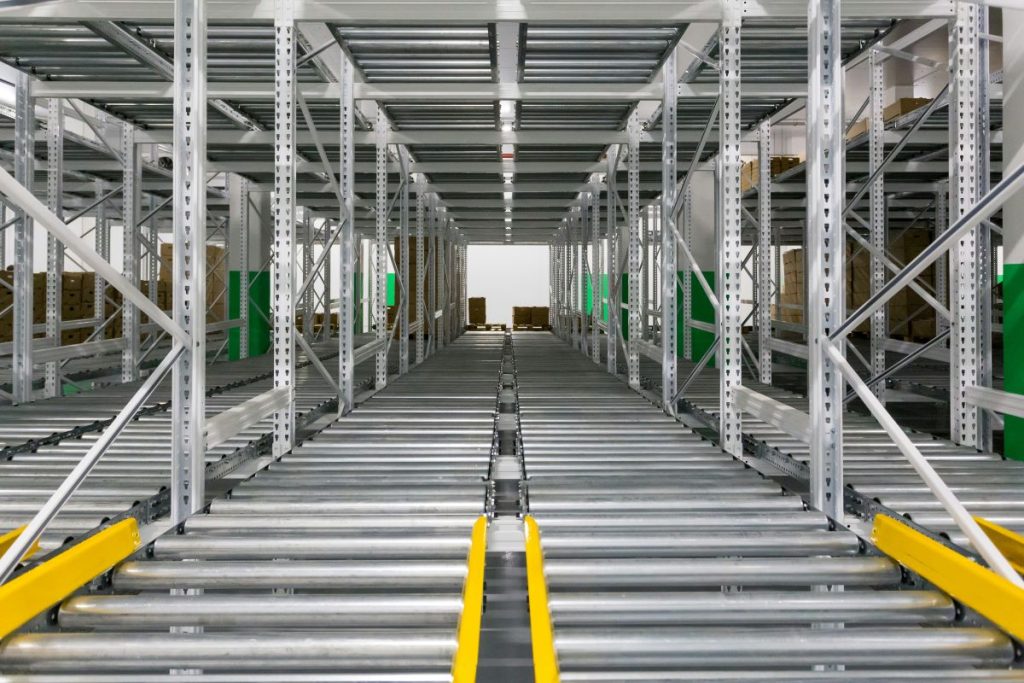There’s no denying it—warehousing in logistics is facing a reckoning. The world is changing at breakneck speed, and traditional, rigid approaches to warehouse operations simply don’t cut it anymore. Success today comes down to two critical factors: flexibility and throughput.
Let me explain why these two elements aren’t just buzzwords—they’re the lifeblood of modern logistics operations.
Flexibility: The Backbone of Resilience
Flexibility is about being prepared for anything. And in today’s world, “anything” can mean a surge in e-commerce orders, an influencer-driven trend, or even a global supply chain disruption. Flexibility ensures your warehouse doesn’t crumble under pressure but instead adapts to whatever is thrown its way.
Here’s the thing: warehouses built on rigid infrastructures can’t handle today’s volatile demands. Seasonal spikes, flash sales, or sudden shifts in consumer behavior expose inefficiencies in static systems. Flexible operations, however, allow warehouses to pivot seamlessly—whether it’s reallocating resources, reconfiguring workflows, or scaling up capacity without skipping a beat.
Flexibility also gives you the freedom to evolve. As business needs change, whether it’s entering new markets or adopting new technologies, your warehouse infrastructure should move with you—not hold you back. It’s not about tearing everything down and starting fresh. It’s about having systems that adapt to new realities, like integrating automation or pivoting to meet the demands of omnichannel retail models.
Throughput: Where Speed Meets Efficiency
If flexibility is about adaptability, throughput is about performance. It’s the engine that powers your operations, ensuring that no matter how complex your fulfillment demands are, everything moves swiftly and smoothly.
In logistics, speed is everything. Customers expect next-day delivery. Businesses demand razor-sharp efficiency. And your warehouse? It needs to deliver on both fronts. High throughput doesn’t just mean orders flying out the door—it’s about processing them with precision and eliminating inefficiencies that slow you down.
It also helps keep costs in check. Faster processing times mean better use of space and resources. You can delay costly expansions or relocations by squeezing every drop of efficiency from your existing facilities. And let’s not forget the team on the ground: streamlined operations don’t just reduce bottlenecks; they make work less stressful, letting employees focus on what really matters.
Balancing the Two: A Delicate Dance
Now, here’s where things get interesting—flexibility and throughput don’t always go hand in hand. Too much focus on one can easily undermine the other. The real magic happens when you strike the right balance, and that takes more than just investing in the latest tech.
It starts with clarity. What are your priorities? What workflows need optimizing? Without clear goals, it’s easy to throw money at solutions that don’t solve your real problems.
Then there’s the human element. You can have the most advanced automated system in the world, but if your workforce isn’t trained to use it—or worse, doesn’t trust it—you’ve already lost. The key is collaboration. Bring your teams into the conversation early. Make sure they understand how new systems will help them, not replace them. That buy-in is critical for success.
And finally, leadership has to step up. Warehouse transformation isn’t just an operational challenge—it’s a strategic one. The people at the top need to champion these changes, align resources, and make flexibility and throughput a priority across the entire business.
The Way Forward
The logistics landscape isn’t slowing down—it’s accelerating. And the warehouses that survive will be the ones that embrace flexibility and throughput as core principles, not afterthoughts.
But here’s the thing: future-proofing a warehouse isn’t about chasing trends or throwing money at automation. It’s about creating a system that evolves with your business, adapts to shifting demands, and delivers consistently—no matter what challenges come your way.
The reality is, warehouses that cling to old ways of working risk becoming irrelevant. But for those willing to adapt, the rewards are immense. Resilience. Efficiency. Growth. It’s all there for the taking—if you’re ready to step up and reimagine what your operations can do.




